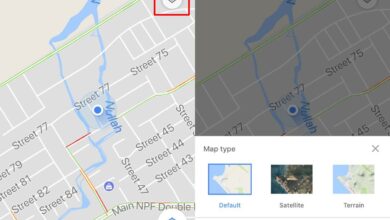Notifications on Android are generally grouped together. Gmail, for example will group all alerts into one notification. iOS did this, briefly, before removing the option and forcing its users to always view a mix of app alerts in chronological order. Notifix is a free Android app that can group notifications by app type. It adds an extra bit of grouping to the notifications shade whereby all notifications that are from a certain type of app are grouped together. You can pull down the notifications shade and Notifix will tell you how many social media notifications you have.
Notifix does not require a rooted device however, it will require usage access as well as access to your notifications. You will also need to connect your Google account with the app so it can keep your setting in sync. There is no option to use the app without connecting a Google account.
Download Notifix and run the app. Grant it the permission it needs to run. Once you’ve done that, it will automatically group notifications by app type.

When you tap on a group of notifications, Notifix will expand to reveal the notifications inside. In the expanded view, the notifications will still be sorted by app type. This means if you have notifications from both Facebook and Instagram, the expanded view will group them separately.
Notifix doesn’t simply group notifications by app type based on an app’s name i.e. if the app is a popular social media app, it will be grouped as such. It utilizes machine learning to judge which group to put a notification.
Notifix doesn’t have much in the way of settings. You install the app and run it, as is. It’s meant to be a quick, ‘just works’ app which is great but comes with its downside. One reason anyone would want to use Notifix is to remove clutter from the notifications shade and highlight or give more space to what’s important but apps are all treated the same. Notifix doesn’t have an option to exclude certain apps from being grouped into a type.
This may not have any serious drawbacks for say, social media notifications but for messaging apps like Slack that may be sending you work related alerts, it’s not the same. The good news is that this app is under active development and the developers are open to suggestions. An easy way to exclude apps would be great and maybe giving users the option to name their own categories for grouping notifications could be helpful.





